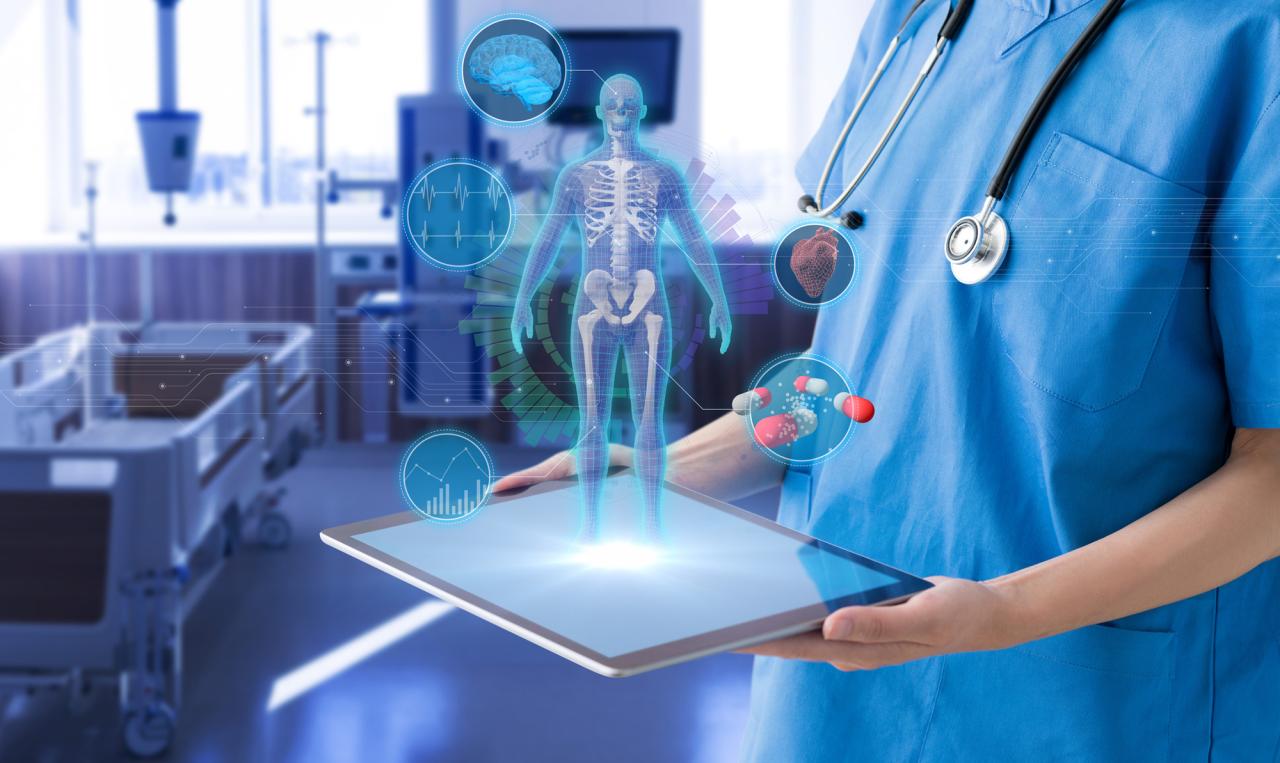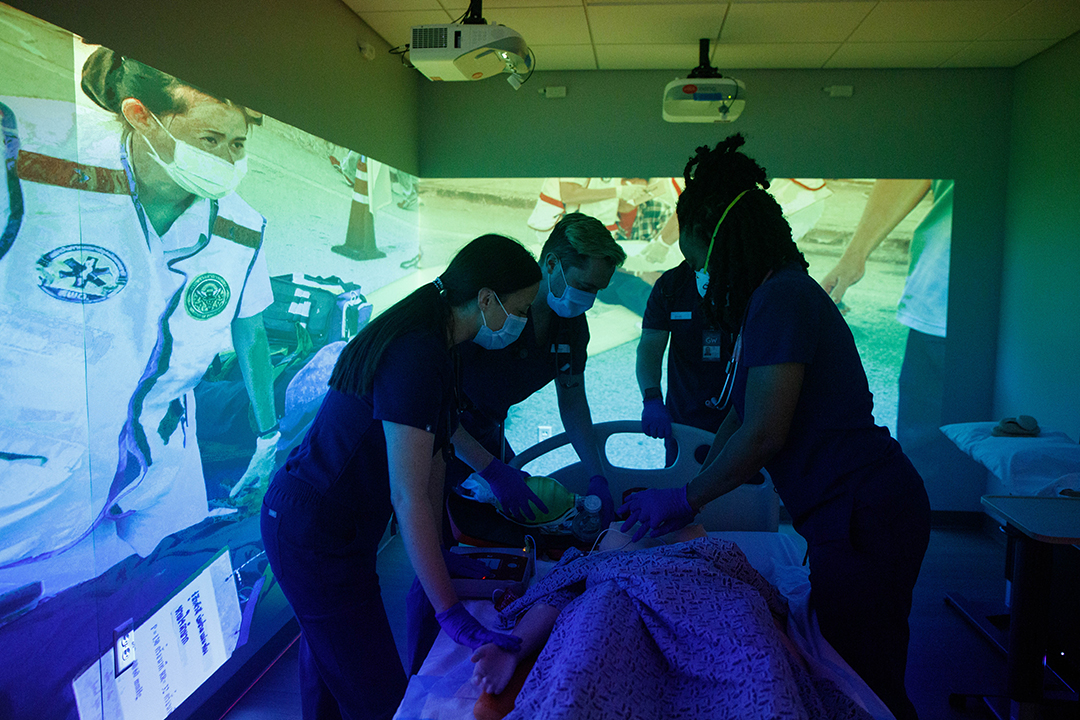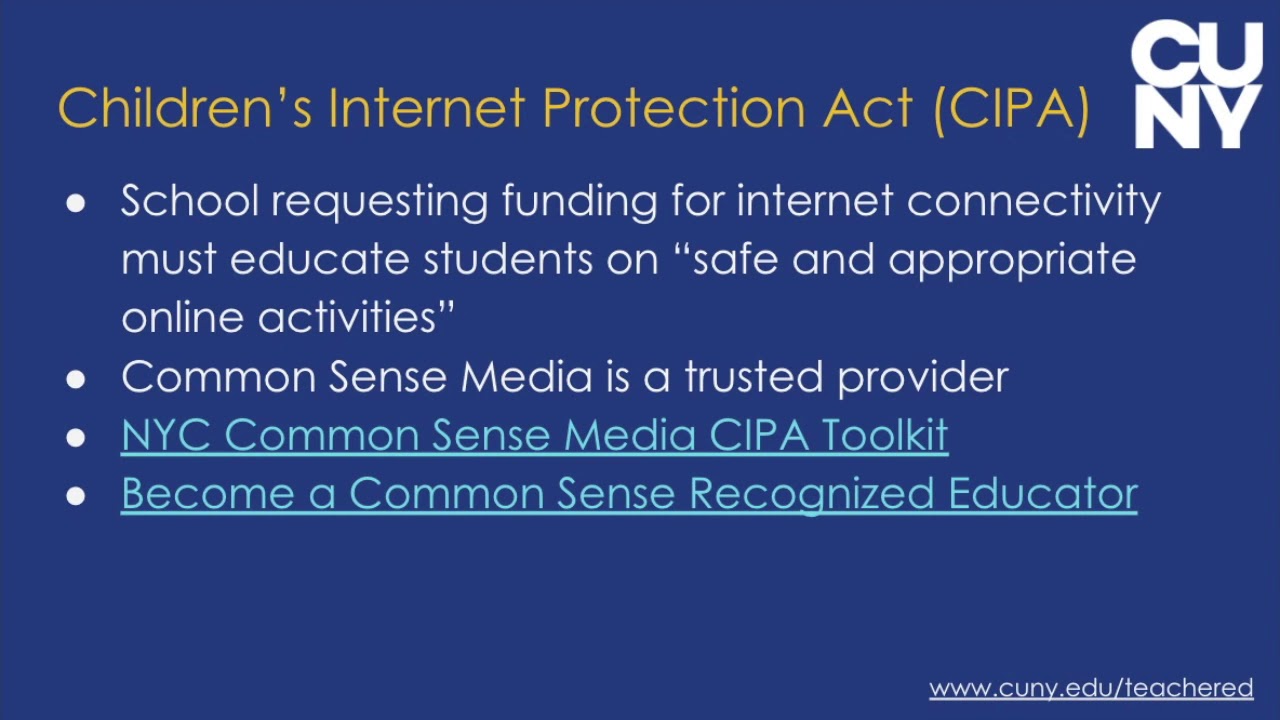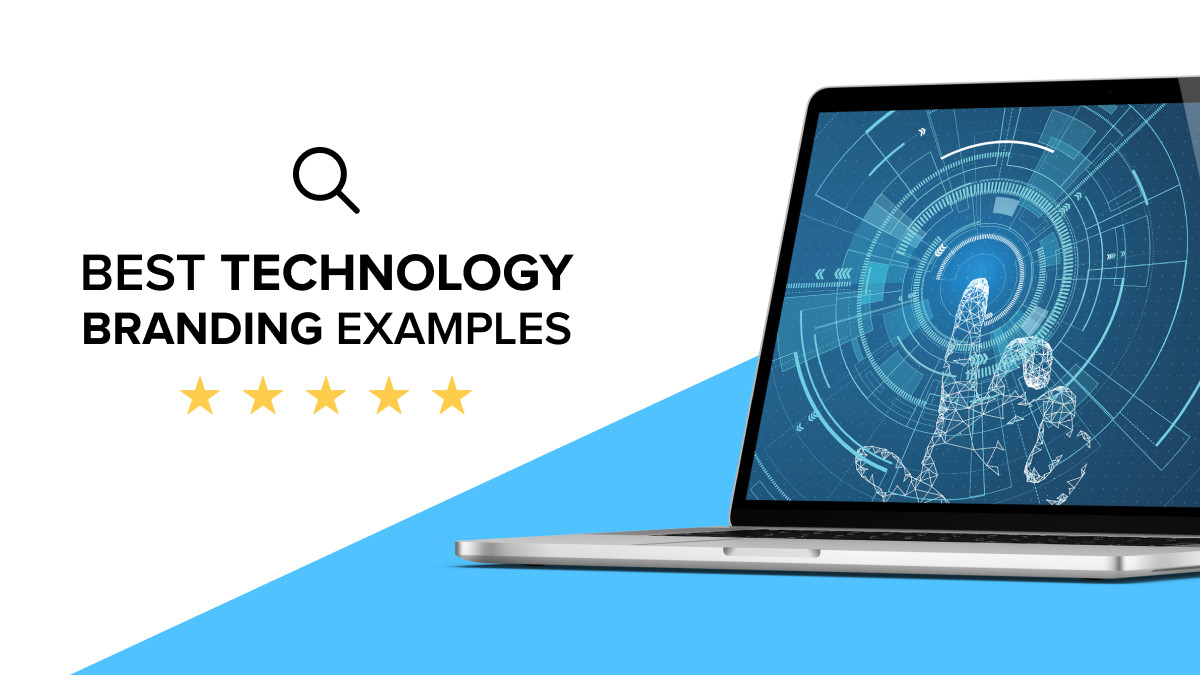Technology and Nursing Education: A Transformative Journey
Technology and nursing education are intertwined, shaping the future of healthcare. This journey has seen a remarkable evolution, from early innovations to today’s advanced tools. The integration of technology has […]

Technology and nursing education are intertwined, shaping the future of healthcare. This journey has seen a remarkable evolution, from early innovations to today’s advanced tools. The integration of technology has not only transformed traditional nursing education practices but has also opened doors to new possibilities in accessibility, affordability, and quality of learning.
This exploration delves into the impact of technology on nursing education, examining its influence on curriculum, teaching methods, and student experiences. We will explore the various tools and applications that are revolutionizing the field, while also addressing the challenges and opportunities presented by this dynamic relationship.
The Evolution of Technology in Nursing Education
The integration of technology into nursing education has dramatically transformed the way nurses are trained, equipped, and prepared for the complexities of the healthcare field. From the early days of simple audio-visual aids to the sophisticated simulations and virtual reality platforms of today, technology has played a pivotal role in shaping the future of nursing education.
Early Technological Advancements
Early technological advancements in nursing education focused on enhancing traditional teaching methods and expanding access to knowledge. These early technologies, though seemingly basic by today’s standards, significantly impacted the delivery of nursing education.
- Audio-visual aids: Filmstrips, slide projectors, and overhead projectors were instrumental in bringing real-life scenarios and complex medical concepts to life. These aids facilitated visual learning, allowing students to grasp abstract concepts and procedures more effectively.
- Early computers: The introduction of computers in the 1980s brought new possibilities for information access, data analysis, and interactive learning. Early computer programs provided basic medical simulations and allowed students to practice their skills in a safe and controlled environment.
- Teleconferencing: Teleconferencing enabled remote access to lectures, guest speakers, and specialized training, breaking down geographical barriers and expanding learning opportunities for students in underserved areas.
The Rise of Simulation Technology
The development of simulation technology has revolutionized nursing education, providing students with realistic and immersive learning experiences that prepare them for real-world scenarios.
- Manikins and Simulators: High-fidelity manikins, equipped with advanced features like breathing, pulse, and vital sign responses, allow students to practice critical skills, such as CPR, medication administration, and patient assessment, in a safe and controlled environment. These manikins provide immediate feedback and allow students to learn from their mistakes without jeopardizing patient safety.
- Simulation Labs: Dedicated simulation labs provide realistic settings, complete with hospital beds, medical equipment, and patient actors, allowing students to experience a wide range of clinical scenarios, from routine patient care to emergency situations. These labs provide opportunities for students to develop critical thinking, decision-making, and teamwork skills.
Online Learning Platforms and Digital Resources
The internet and online learning platforms have transformed access to nursing education, making it more flexible, convenient, and accessible for students worldwide.
- Massive Open Online Courses (MOOCs): MOOCs offer free or affordable online courses on a wide range of nursing topics, allowing students to learn at their own pace and from renowned experts around the globe. This accessibility has opened doors for individuals who might not have the opportunity to attend traditional nursing programs.
- Online Learning Management Systems (LMS): LMS platforms like Canvas, Blackboard, and Moodle provide students with access to course materials, assignments, quizzes, and discussion forums. These platforms facilitate communication between students and instructors, foster collaboration, and provide a structured learning environment.
- Digital Libraries and Databases: Online databases and digital libraries offer access to a vast collection of medical literature, research articles, and clinical guidelines, enabling students to stay up-to-date with the latest advancements in nursing practice and research.
Virtual Reality and Augmented Reality
Virtual reality (VR) and augmented reality (AR) technologies are emerging as powerful tools for enhancing nursing education, providing immersive and interactive learning experiences.
- VR simulations: VR simulations allow students to experience realistic patient scenarios, such as performing surgery, managing a critical care unit, or navigating complex medical procedures, in a safe and controlled virtual environment. This immersive technology allows students to develop spatial awareness, decision-making skills, and problem-solving abilities.
- AR applications: AR applications overlay digital information onto the real world, providing students with interactive learning experiences. For example, AR apps can display anatomical structures on a patient’s body, allowing students to visualize complex medical concepts in a more tangible way.
Impact on Nursing Education
Technology has had a profound impact on nursing education, transforming curriculum, teaching methods, and student learning experiences.
- Curriculum Development: Technology has enabled the development of dynamic and interactive curricula that integrate real-world scenarios, simulations, and digital resources. This has shifted the focus from rote memorization to critical thinking, problem-solving, and clinical reasoning.
- Teaching Methods: Technology has empowered educators to adopt innovative teaching methods, such as flipped classrooms, blended learning, and personalized learning experiences. These methods allow students to take ownership of their learning, engage in active learning, and develop self-directed learning skills.
- Student Learning Experiences: Technology has significantly enhanced student learning experiences, providing access to a wider range of resources, opportunities for practice and feedback, and more engaging and interactive learning environments. Students are better prepared to enter the workforce with the knowledge, skills, and confidence to provide high-quality patient care.
Impact of Technology on Nursing Education

Technology has profoundly impacted nursing education, transforming how students learn, instructors teach, and healthcare professionals practice. This evolution has significantly influenced the accessibility and affordability of nursing programs, while also enhancing the quality of education through innovative learning tools and resources.
Accessibility and Affordability of Nursing Education
Technology has played a pivotal role in making nursing education more accessible and affordable. Online programs and distance learning opportunities have opened doors for individuals who may not have access to traditional brick-and-mortar institutions due to geographical location, work commitments, or other personal constraints.
- Online nursing programs allow students to study at their own pace, on their own schedule, and from anywhere with an internet connection. This flexibility is particularly beneficial for working professionals, single parents, or individuals with disabilities who may find it challenging to attend traditional classes.
- Distance learning has also made nursing education more affordable by reducing the costs associated with commuting, housing, and other expenses related to on-campus learning. Many online programs offer lower tuition fees than traditional programs, making nursing education more attainable for a wider range of students.
Impact on the Quality of Nursing Education
Technology has significantly enhanced the quality of nursing education by providing students with engaging, personalized, and interactive learning experiences.
- Interactive simulations and virtual reality (VR) applications allow students to practice clinical skills in a safe and controlled environment. This immersive learning experience provides hands-on training without the risks associated with real-life patient interactions.
- Online learning platforms offer personalized learning paths, allowing students to focus on areas where they need more support and progress at their own pace. Adaptive learning technologies provide real-time feedback and personalized recommendations, tailoring the learning experience to individual needs.
- Technology has also facilitated access to a wealth of information and resources, including online databases, medical journals, and research articles. Students can access the latest research findings and evidence-based practices to support their learning and clinical decision-making.
Challenges and Opportunities
While technology has brought significant benefits to nursing education, it also presents certain challenges.
- The digital divide, where access to technology and internet connectivity varies significantly across populations, can hinder equitable access to online nursing programs. This disparity can perpetuate existing inequalities in healthcare education and limit opportunities for underrepresented groups.
- Ethical considerations related to data privacy, security, and the use of artificial intelligence (AI) in healthcare require careful attention. As technology becomes increasingly integrated into nursing education and practice, it is crucial to ensure that ethical principles guide its development and application.
- The rapid pace of technological advancements necessitates ongoing faculty training and development to ensure instructors are equipped to effectively utilize technology in their teaching and support student learning. This requires investment in professional development opportunities and ongoing support for faculty.
Key Technological Tools and Applications in Nursing Education: Technology And Nursing Education
Technology has revolutionized nursing education, providing students with interactive learning experiences, enhanced clinical simulations, and access to vast amounts of information. Various technological tools and applications have emerged, each contributing to different aspects of nursing education.
Learning Management Systems (LMS)
Learning Management Systems (LMS) have become an integral part of nursing education, facilitating online course delivery, communication, and assessment. These platforms provide a centralized hub for managing all aspects of online learning.
- Course Content Delivery: LMS platforms allow instructors to upload and organize course materials, such as lecture notes, videos, and assignments. Students can access these materials anytime, anywhere, promoting flexible learning.
- Interactive Learning Activities: LMS platforms offer features for interactive learning, such as quizzes, discussion forums, and collaborative projects. These features encourage active engagement and peer-to-peer learning.
- Assessment and Feedback: LMS platforms streamline the assessment process, enabling instructors to create and administer online quizzes, tests, and assignments. Students receive instant feedback on their performance, fostering self-assessment and continuous improvement.
- Communication and Collaboration: LMS platforms provide tools for communication, such as email, chat, and discussion boards. This facilitates communication between students and instructors, as well as among students themselves, fostering a sense of community.
Simulation Software
Simulation software has become a vital tool in nursing education, providing a safe and controlled environment for students to practice essential skills and clinical decision-making. These platforms offer realistic simulations of various clinical scenarios, allowing students to apply their knowledge in a virtual setting.
- Scenario-Based Learning: Simulation software presents students with realistic clinical scenarios, requiring them to make decisions based on their knowledge and skills. This provides a safe and controlled environment for students to practice critical thinking and decision-making skills without the risks associated with real-world clinical situations.
- Skill Development: Simulation software allows students to practice essential nursing skills, such as medication administration, wound care, and patient assessment, in a virtual environment. This helps students develop proficiency in these skills before applying them in real-world settings.
- Feedback and Evaluation: Simulation software often provides feedback on student performance, highlighting areas for improvement. This helps students identify their strengths and weaknesses and focus on areas requiring further development.
Virtual Reality (VR) Platforms
Virtual reality (VR) platforms are emerging as innovative tools in nursing education, offering immersive and interactive learning experiences. VR platforms create simulated environments that allow students to experience clinical scenarios in a highly realistic and engaging manner.
- Immersive Learning: VR platforms create immersive environments that allow students to experience clinical scenarios firsthand, enhancing their understanding and retention of knowledge. This provides a more engaging and memorable learning experience compared to traditional methods.
- Hands-on Practice: VR platforms allow students to practice essential nursing skills in a safe and controlled environment, reducing the risks associated with real-world clinical situations. This provides students with valuable hands-on experience before entering clinical settings.
- Emotional Intelligence: VR platforms can be used to simulate challenging clinical scenarios, such as dealing with difficult patients or managing emergencies. This allows students to develop their emotional intelligence and learn how to handle stressful situations effectively.
Mobile Apps
Mobile apps have become increasingly popular in nursing education, providing students with convenient access to learning materials, clinical resources, and communication tools. These apps offer a variety of functionalities that support different aspects of nursing education.
- Access to Information: Mobile apps provide students with access to a vast amount of information, including medical textbooks, journals, and clinical guidelines. This allows students to access information anytime, anywhere, promoting lifelong learning.
- Clinical Decision Support: Some mobile apps provide clinical decision support tools, such as drug reference guides and diagnostic algorithms. These tools can assist students in making informed clinical decisions.
- Communication and Collaboration: Mobile apps can facilitate communication between students and instructors, as well as among students themselves. This promotes collaboration and peer-to-peer learning.
Table: Technological Tools and Applications in Nursing Education
| Technology | Application in Nursing Education | Advantages | Disadvantages |
|---|---|---|---|
| Learning Management Systems (LMS) | Online course delivery, communication, and assessment | Flexible learning, interactive learning activities, streamlined assessment, enhanced communication | Potential for technical difficulties, reliance on internet access, limited face-to-face interaction |
| Simulation Software | Scenario-based learning, skill development, feedback and evaluation | Safe and controlled environment, realistic simulations, immediate feedback | Limited real-world experience, potential for technical limitations, cost of software |
| Virtual Reality (VR) Platforms | Immersive learning, hands-on practice, emotional intelligence development | Engaging and memorable learning, realistic simulations, improved clinical skills | High initial cost, potential for motion sickness, limited accessibility |
| Mobile Apps | Access to information, clinical decision support, communication and collaboration | Convenience and accessibility, personalized learning, enhanced communication | Potential for distractions, data privacy concerns, limited functionality |
The Future of Technology in Nursing Education

The landscape of nursing education is constantly evolving, driven by technological advancements that promise to revolutionize the way nurses are trained and practice. Emerging technologies like artificial intelligence, augmented reality, and blockchain are poised to significantly impact nursing education, transforming student learning, clinical decision-making, and patient care.
The Role of Artificial Intelligence (AI)
AI’s ability to analyze vast amounts of data and provide personalized insights can be leveraged to enhance student learning and clinical decision-making. AI-powered tools can:
- Personalized Learning Pathways: AI algorithms can analyze student performance data, identify learning gaps, and recommend tailored learning modules or resources to address individual needs. This personalized approach ensures students receive the most relevant and effective instruction, maximizing their learning outcomes.
- Adaptive Assessment: AI-powered assessments can adapt to student performance, adjusting difficulty levels and providing real-time feedback. This allows students to receive immediate insights into their understanding and identify areas requiring further study, fostering a more efficient and engaging learning experience.
- Simulation and Virtual Reality: AI can be integrated into simulation and virtual reality environments, creating realistic scenarios that allow students to practice critical thinking and clinical decision-making skills in a safe and controlled setting. This technology enables students to experience a wide range of clinical situations and develop their skills without putting real patients at risk.
- Clinical Decision Support Systems (CDSS): AI-powered CDSS can analyze patient data, identify potential risks and complications, and provide evidence-based recommendations to nurses. This technology can assist nurses in making more informed and accurate clinical decisions, improving patient outcomes and reducing medical errors.
Augmented Reality (AR) in Nursing Education, Technology and nursing education
AR has the potential to transform nursing education by providing immersive and interactive learning experiences. AR applications can:
- Anatomical Visualization: AR can overlay 3D anatomical models onto real-world objects, allowing students to visualize complex anatomical structures in a more engaging and interactive way. This technology can enhance students’ understanding of human anatomy and physiology, improving their ability to perform procedures and diagnose conditions.
- Interactive Patient Simulations: AR can create realistic simulations of patient scenarios, allowing students to practice their skills in a virtual environment. This technology can provide students with valuable experience in patient assessment, communication, and clinical decision-making, preparing them for real-world clinical settings.
- Procedural Training: AR can provide step-by-step guidance for performing complex procedures, allowing students to practice in a safe and controlled environment. This technology can enhance students’ procedural skills and reduce the risk of errors during real-world procedures.
Blockchain Technology in Nursing Education
Blockchain technology can revolutionize the way nursing education records and credentials are managed. Blockchain’s decentralized and secure nature can:
- Secure and Tamper-Proof Records: Blockchain can create a secure and tamper-proof record of student academic transcripts, certifications, and licenses. This ensures the authenticity and integrity of educational credentials, protecting students from fraud and enhancing their employability.
- Efficient Credential Verification: Blockchain can facilitate the efficient verification of nursing credentials by employers and licensing boards. This technology can streamline the hiring process and reduce the risk of hiring unqualified candidates.
- Continuing Education Tracking: Blockchain can track nurses’ continuing education requirements, ensuring they maintain their professional competency and meet regulatory standards. This technology can simplify the process of tracking and managing continuing education requirements, reducing administrative burdens for nurses.
Scenario: Integrating Emerging Technologies into Nursing Education Programs
Imagine a future nursing education program where students utilize AI-powered learning platforms to personalize their learning paths, engage in virtual reality simulations to practice clinical skills, and utilize AR applications to visualize complex anatomical structures. Blockchain technology ensures the security and integrity of their academic records and licenses, while AI-powered CDSS assist them in making informed clinical decisions. This integrated approach fosters a dynamic and engaging learning environment, preparing students for the challenges of modern healthcare.
Last Point

The future of nursing education is bright, fueled by the continuous advancement of technology. As we move forward, the seamless integration of emerging technologies such as artificial intelligence, augmented reality, and blockchain will further enhance student learning, improve clinical decision-making, and ultimately contribute to safer and more effective patient care. The transformative power of technology is poised to redefine the landscape of nursing education, ensuring that future generations of nurses are equipped with the knowledge, skills, and tools to excel in a rapidly evolving healthcare landscape.
Technology is revolutionizing nursing education, from online simulations to virtual reality training. This shift requires robust technology solutions to manage learning resources and track student progress. Similar to the need for efficient systems in dealerships, dealer technology solutions can offer valuable insights into managing educational data and optimizing learning outcomes for future nurses.



